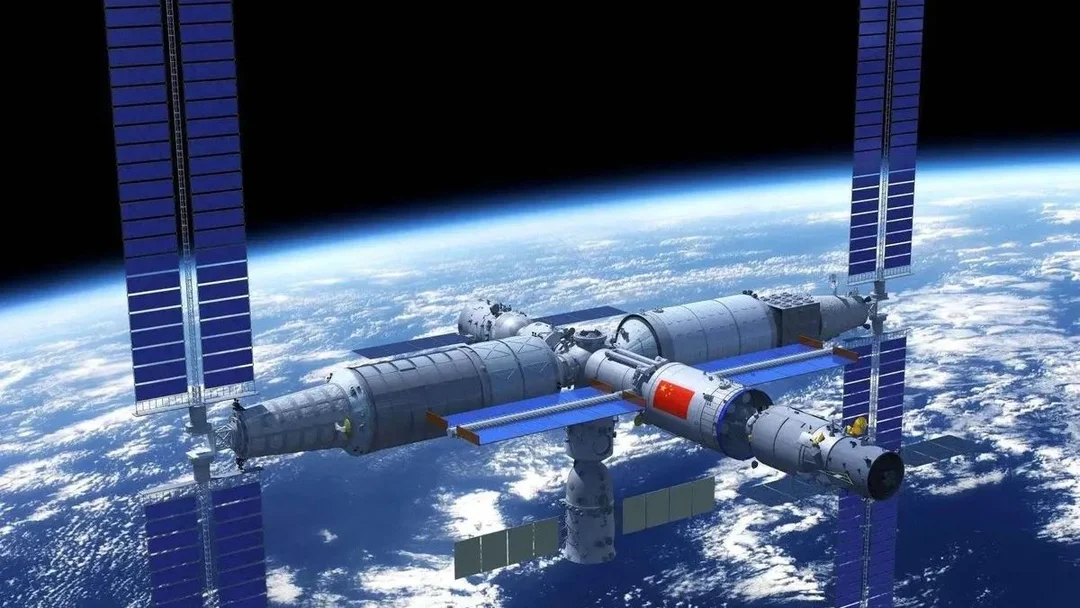
New Bacteria Strain Discovered on China’s Tiangong Space Station: A Threat or a Breakthrough?
A groundbreaking discovery has been made aboard China’s Tiangong Space Station: a previously unknown strain of bacteria, named Niallia tiangongensis. This microbe, a variant of a soil-dwelling terrestrial bacteria related to Niallia circulans, has sparked both intrigue and concern among scientists. What makes this discovery significant, and what could it mean for the future of space exploration?
The new strain was identified from samples collected during the Shenzhou-15 mission in 2023. Researchers from the Shenzhou Space Biotechnology Group and Beijing Institute of Spacecraft System Engineering meticulously analyzed these samples, revealing the bacteria's unique characteristics. According to a paper published in the International Journal of Systematic and Evolutionary Microbiology, Niallia tiangongensis is an aerobic, spore-forming, and rod-shaped organism.

While closely related to terrestrial bacteria known to cause sepsis in immunocompromised individuals, the space-adapted strain has developed remarkable adaptations. These include genes that code responses to oxidative stress, repair mechanisms against radiation damage, and the ability to form biofilms by breaking down gelatin for carbon and nitrogen extraction. These adaptations are critical for surviving the harsh conditions of space.
"Understanding the characteristics of microbes during long-term space missions is essential for safeguarding the health of astronauts and maintaining the functionality of spacecraft," the researchers emphasized.
Key Adaptations for Space Survival
- Oxidative Stress Response: Enhanced ability to counteract the damaging effects of oxidative stress.
- Radiation Damage Repair: Genes that facilitate the repair of DNA damaged by radiation.
- Biofilm Formation: Ability to extract resources and form protective biofilms for survival.
The discovery of Niallia tiangongensis isn't an isolated incident. In 2018, NASA scientists found antibiotic-resistant bacteria in the International Space Station's toilets. Furthermore, 26 previously unknown bacterial species were identified in NASA clean rooms, highlighting the tenacity of microbial life even in the most sterile environments.
The implications of this discovery are twofold. On one hand, the presence of potentially harmful bacteria in space poses a risk to astronaut health and spacecraft integrity. The researchers are actively working to determine whether Niallia tiangongensis could pose a threat to humans, aiming to develop strategies to mitigate any associated risks. On the other hand, studying these space-adapted microbes could yield valuable insights into survival mechanisms in extreme environments, potentially leading to breakthroughs in biotechnology and medicine.
China's ongoing research aboard Tiangong also includes assessing how microbes, such as Aspergillus niger (black mold), interact with spacecraft materials, seeking to understand and prevent corrosion caused by microbial colonies.
The identification of Niallia tiangongensis is a reminder of the intricate and often unexpected challenges of space exploration. Will this new strain of bacteria pose a risk to future missions, or will it unlock new frontiers in our understanding of life in the universe? What are your thoughts on the balance between exploration and potential biological risks in space? Share your insights in the comments below!